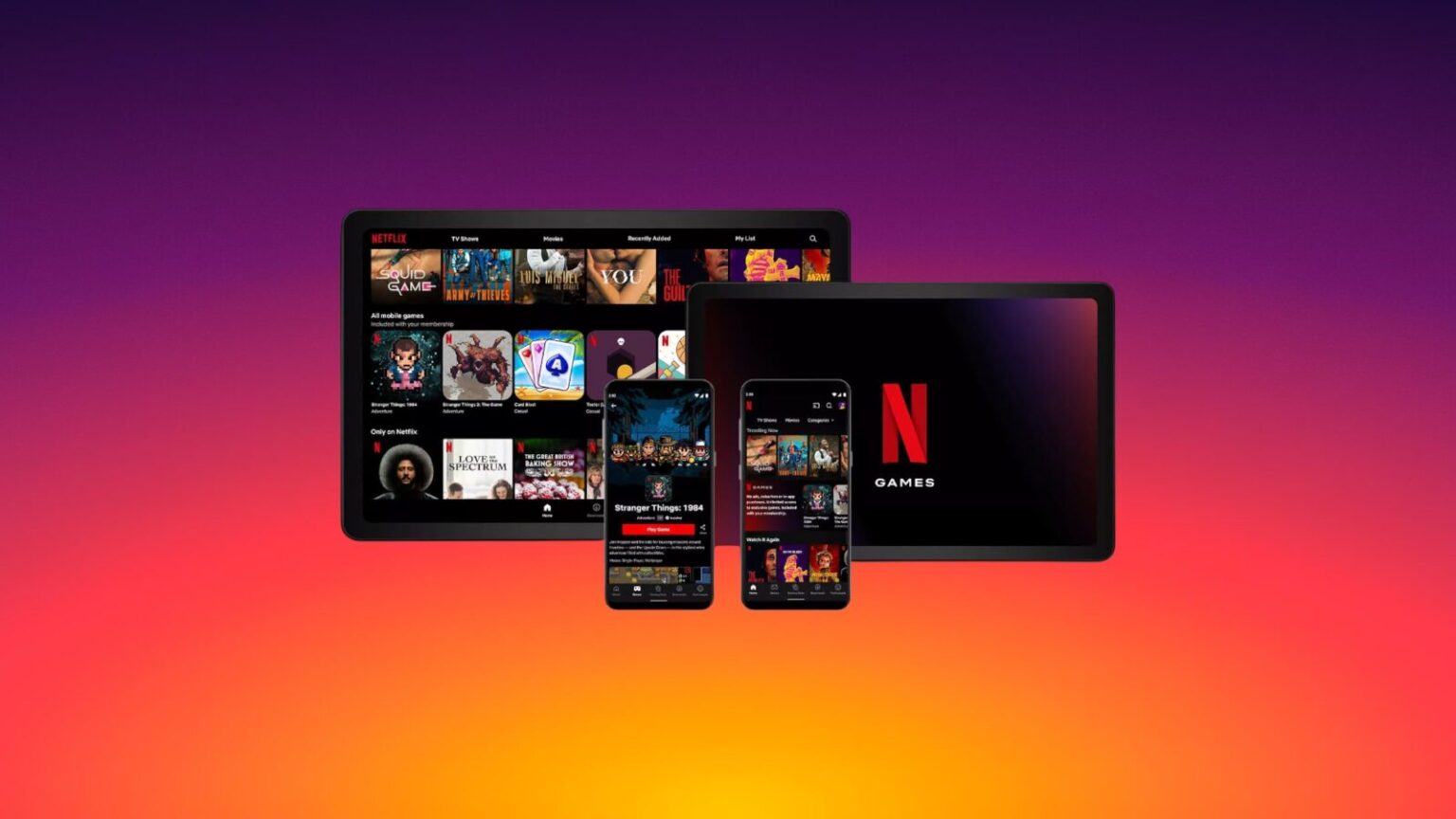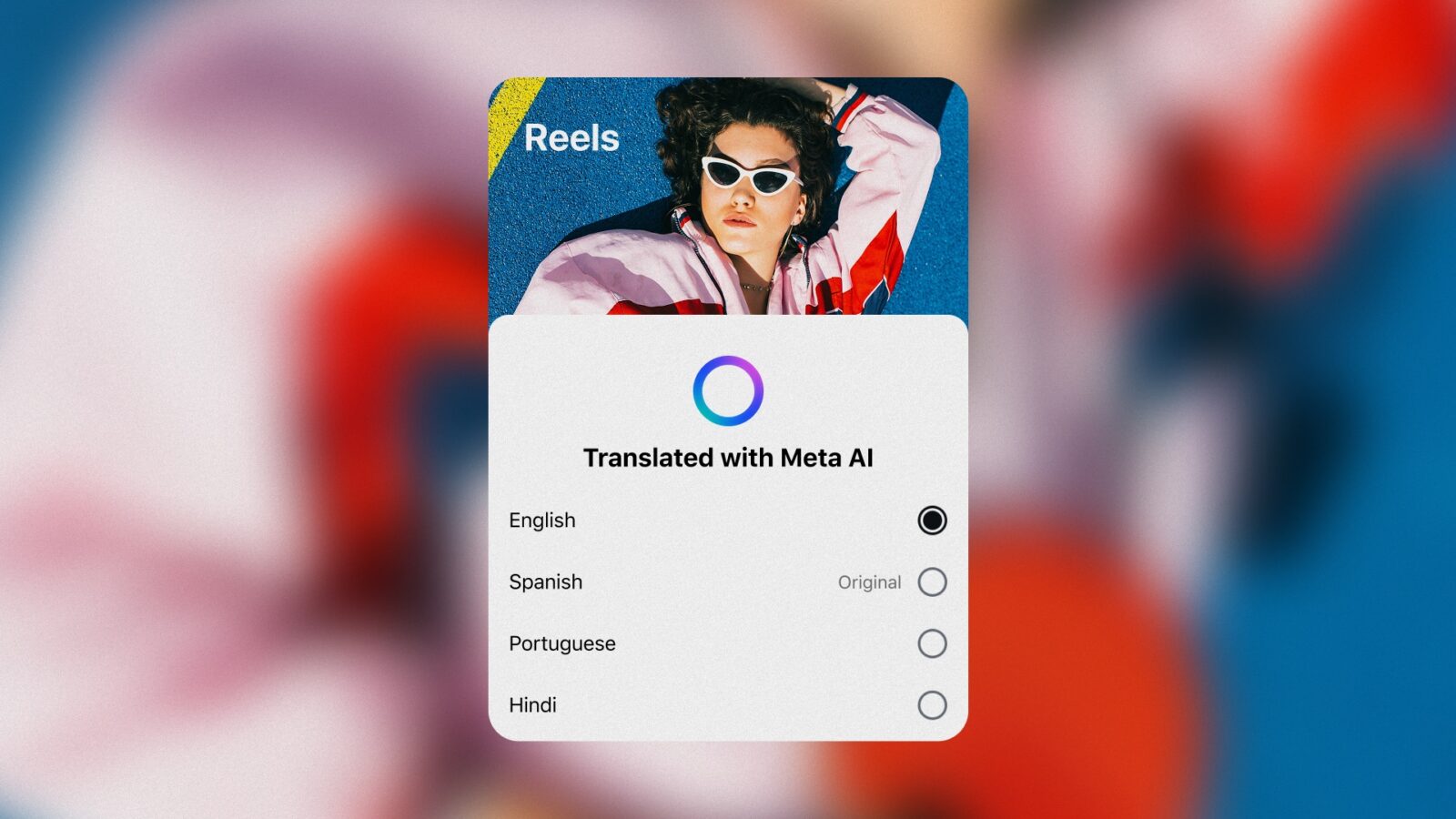Netflix is taking its gaming ambitions to the next level, introducing video games to its television app for the first time. The update marks a new phase in the company’s effort to expand beyond streaming and turn the television—the cornerstone of its business—into a more interactive entertainment hub.
Until now, Netflix’s gaming library has been limited to mobile devices, where it has quietly built a catalog of over 80 titles since 2021. The move to TVs brings the experience into the living room, a space long dominated by consoles from Sony, Microsoft, and Nintendo. Subscribers will use their phones as controllers, connecting through a QR code while gameplay runs on the television screen.
The initial rollout leans toward casual, social titles designed for broad appeal. Games like Boggle Party, Pictionary: Game Night, Tetris Time Warp, and Lego Party emphasize group participation over complex mechanics, signaling Netflix’s intent to capture the same kind of family-friendly, communal play that helped Nintendo’s Wii find success in the 2000s.
Greg Peters, Netflix’s co-chief executive officer, announced the expansion at the Bloomberg Screentime conference in Los Angeles, calling it a natural progression for the company’s broader entertainment strategy. Peters rated Netflix’s gaming efforts to date as a “B-minus,” acknowledging that the company is still learning how to merge streaming and interactive experiences effectively.
Netflix’s gaming division, led by former Epic Games executive Alain Tascan, is pursuing a long-term strategy rather than a quick revenue grab. The focus spans four key areas: games for kids, party and social games, licensed mainstream titles, and projects based on Netflix originals such as Stranger Things. All titles will be free to subscribers, eliminating the barrier of separate game purchases that often limits engagement.
The company’s move comes against the backdrop of Hollywood’s long and largely unsuccessful attempts to enter the gaming business. From Disney’s failed console ventures to Paramount’s short-lived game studios, traditional entertainment companies have struggled to translate cinematic storytelling into playable form. Netflix, however, has an advantage: a built-in global audience and a platform already embedded in living rooms.
Tascan described the initiative as integral to Netflix’s mission, not an experimental side venture. “To entertain the world, we must include games,” he said, noting that few companies have such direct access to audiences on the biggest screen in the home.
Whether Netflix can sustain that advantage remains to be seen. Its gaming service is still in its infancy, and the casual titles launching this phase may not yet rival the depth or polish of established console offerings. But the company’s measured entry into TV gaming suggests a willingness to learn from past industry missteps—and a belief that interactive entertainment will play a central role in its future.







